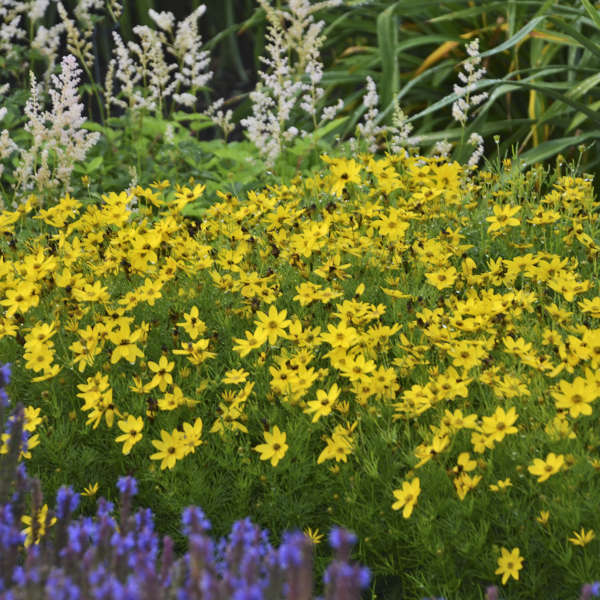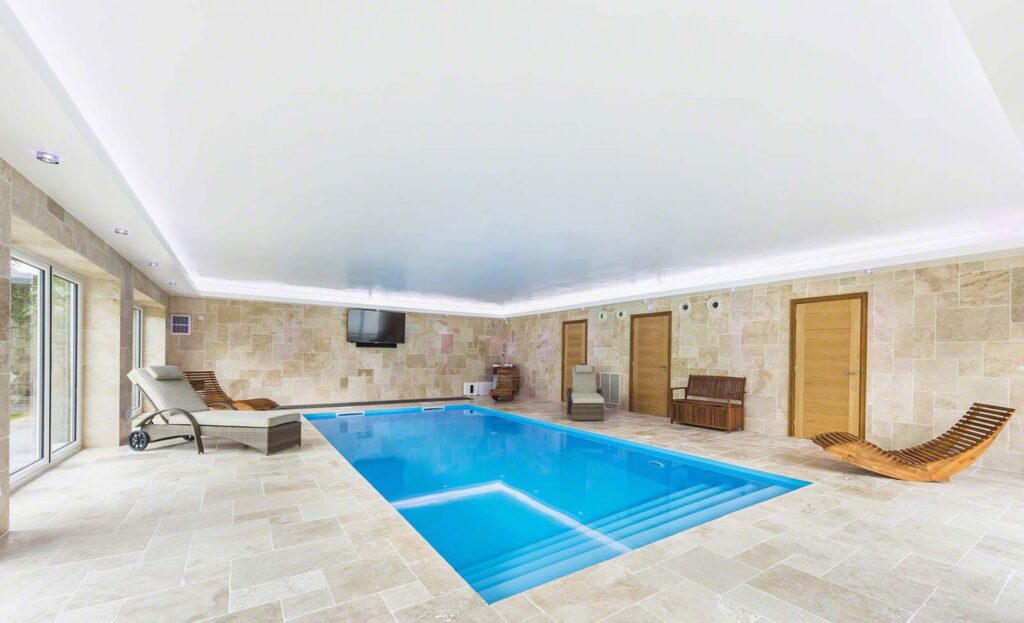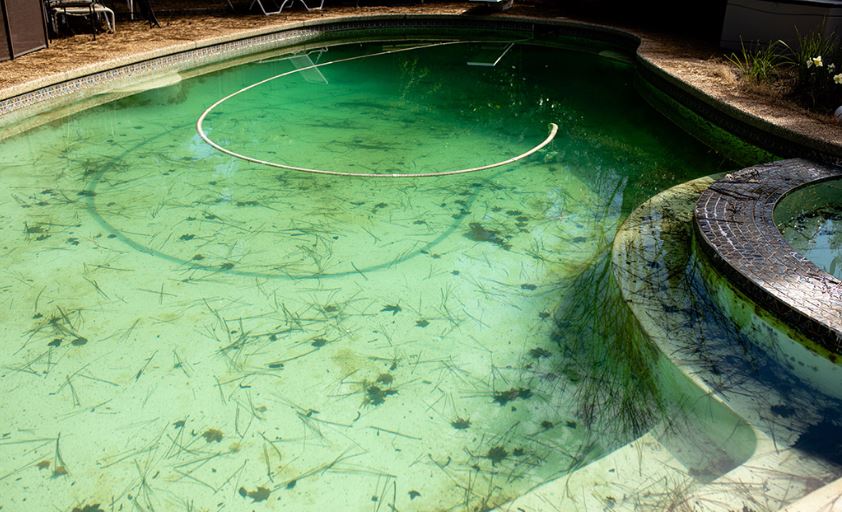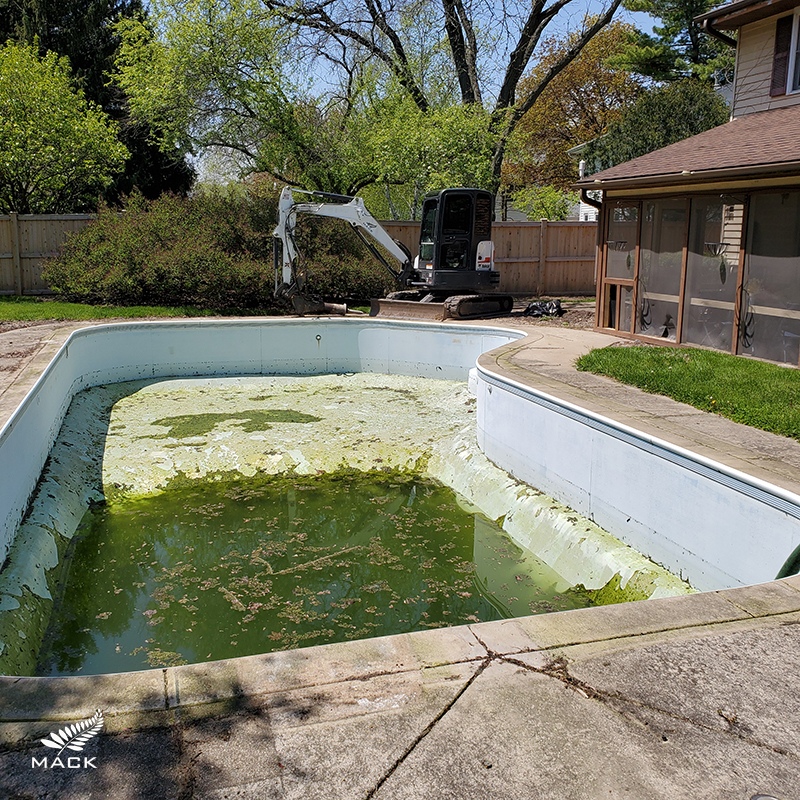Planting Tight Spaces need not be a challenge. Not all landscape planting spaces are wide open. Sometimes space is more limited than we would like. There are plants out there to fit in the narrow space along your walkway or that small strip between the sidewalk and your fence. Below are some ideas to get you thinking about what may work for you and your tight planting area. So you have now generated some extra space after having had your Denver pool removed. Now what?

Even the savviest home gardener can struggle to see the potential in a Planting Tight Spaces, and when that pocket garden is on the outside of the fence, is it even worth bothering about? The challenges are many: difficult to water, reflected heat from the sidewalk, careless feet and often poor soil.
Yet these perimeter plantings can act as a picture frame for the inner garden and home beyond. When you read how these designers and homeowners treated their pocket gardens, you may be tempted to rethink the location of your own boundary fence just to take advantage of this unique design opportunity.
1. A Romantic Border
A classic white picket fence festooned with fragrant roses — what could be more romantic? The beauty of this one is that passersby can enjoy the flowers, since they’re planted on the outside of the fence.
Key design features:
- Restraint in both color and plants
- Repetition of colors and plants down the entire border
- Gaining height by using the fence to support climbing roses
Color notes:
- A restrained palette of pink and blue is accented with chartreuse.
- The deeper shades of purple provide depth, ensuring that this combination will still turn heads even in late summer.
Plant selection:
- Climbing ‘Mary Rose’ provides height and fragrance.
- Billowing mounds of golden creeping Jenny(Lysimachia nummularia ‘Aurea’) and May Night salvia (Salvia nemorosa ‘May Night’) form the lower tier.
- These perennials are tolerant of low water, poor soil and hot sun.
2. A Contemporary Home
The strong geometric lines of contemporary architecture call for a foliage-focused planting, and this narrow roadside border delivers.
Key design features:
- Restraint in color and plant variety
- Linear planting that echoes the horizontal lines of the home’s siding and fence
- Emphasis on foliage over flowers
Color note:
- Muted earth tones
Plant selection:
- Grasses and succulents are eminently suitable for contemporary landscape design, as they rely upon their strong form rather than colorful blooms.
- These plants require minimal water and maintenance.
- The grasses add a bright note to the dark stained fence panels.
3. An Entry That Establishes a Theme
A garden entrance should create a sense of anticipation, setting the scene for what is beyond. Plantings on the street side of this lattice fence do just that.
Key design features:
- An interesting combination of heights and textures makes this tiny planting pocket seem much larger than it really is.
- Several of these plants can also be glimpsed within the main garden.
Color note:
- Subdued tones of tan and pink allow the eye to move through the garden entrance.
Plant selection:
- This is a particularly hot, dry border, so these plants have been selected for their tenacity.
- Mexican feather grass (Stipa tenuissima), feather reed grass(Calamgrostis x acutiflora ‘Karl Foerster’)and sedum ‘Autumn Joy’ (Sedum ‘Herbstfreude’) provide long-term interest.
4. Planting Strips That Link Multiple Homes
Planned communities such as this one in Kirkland, Washington, have their own challenges, not the least of which is abiding by homeowners association regulations.
These planting strips allow for individuality while maintaining a cohesive design.
Key design features:
- A narrow planting strip adjacent to the sidewalk lies beyond each homeowner’s split-rail fence.
- Several plants are repeated through all the gardens, while there’s still room for some unique choices.
Color note:
- Shades of blue, lavender and green are repeated throughout.
Plant selection:
- All the plants are lower than the height of the split-rail fence; allowing the fence to be glimpsed down the entire sidewalk gives the illusion of one continuous border.
- Each plant typically has a mounding habit, creating a sense of uniformity.
- Lavender(Lavandula spp)and sedum ‘Autumn Joy’ (Sedum ‘Herbstfreude’) are planted throughout these pocket gardens as well as in the adjacent communal garden areas. Bronze-colored coral bells (Heuchera hyb.) and daylilies (Hemerocallis spp) are also used.
So, as you can see while Planting Tight Spaces needs a different approach. There as many options to consider.
See the original article from Houzz here








